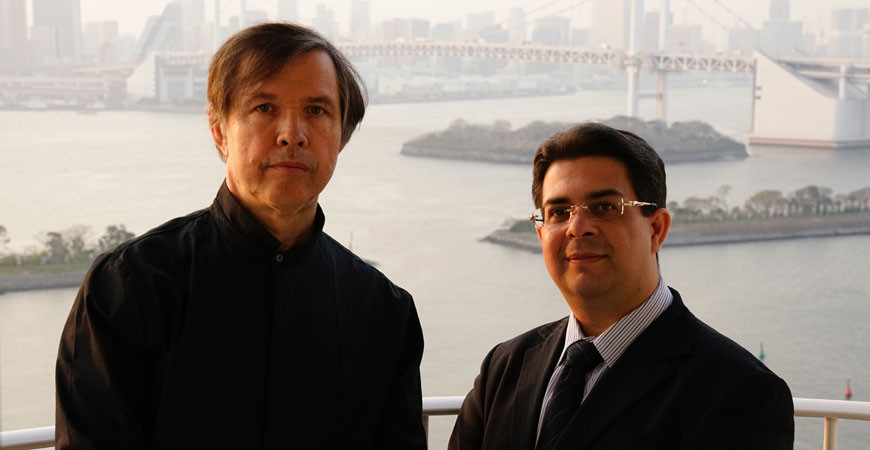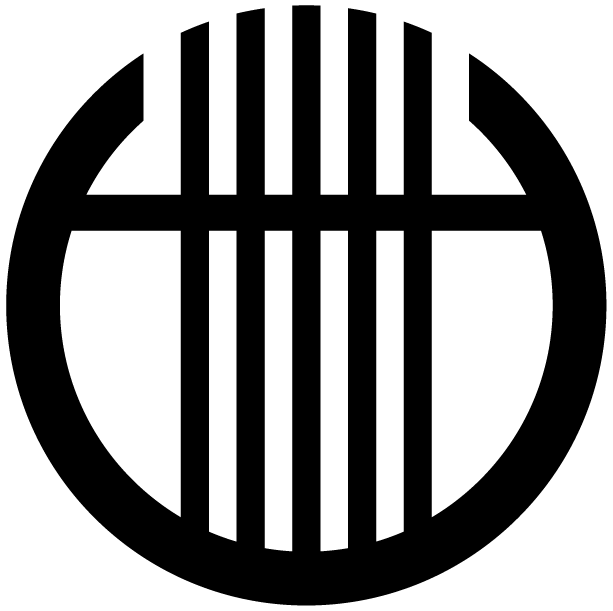
8 November 2018, 19.00-21.00
Solti Hall
MOZART VARIATIONS AND SONATAS FOR PIANO AND VIOLIN/2  Presented by Liszt Academy
Presented by Liszt Academy
Mozart: Sonata for Violin and Piano No. 17 in C major, K. 296
Mozart: Sonata for Violin and Piano No. 18 in G major, K. 301
Mozart: Sonata for Violin and Piano No. 19 in E-flat major, K. 302
intermission
Mozart: Sonata for Violin and Piano No. 20 in C major, K. 303
Mozart: Sonata for Violin and Piano No. 21 E minor, K. 304
Mozart: Sonata for Violin and Piano No. 22 in A major, K. 305
Vilmos Szabadi (violin), Gábor Farkas (piano)
Wolfgang Amadeus Mozart composed his first piano and violin sonatas during an extended trip he took with his father and sister between 1763 and 1766. He only returned to the duo sonata genre, matching strings with keyboard, over a decade later in 1777–1778, again while travelling. The only three-movement work, sonata No. 17, featured in this the second concert of the Complete Works Live series, was completed by Mozart in Mannheim in March 1788. The piece, written for Therese Pierron, was published later with a dedication to one of his favourite students, Josepha Barbara Auernhammer, in Vienna in 1781. Two-movement sonatas Nos. 18–20, originating in Munich in autumn 1777 and Mannheim in spring 1778, were published in Paris with a dedication to Maria Elisabeth, Electress Palatine, which is why they are known as the ‘Palatine sonatas’. The similarly two-part 21st sonata, composed in Paris, is Mozart’s only work keyed in E minor; its sombre character reflects his desolation at the death of his mother in the same year. In contrast, the first movement of the 22nd sonata, penned as Mozart was on his way home, is one of his most joyous pieces of music.
Presented by
Liszt Academy Concert Centre
Tickets:
HUF 2 500, 3 200


